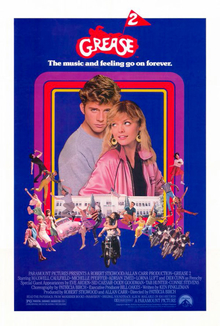
The allure of fame is a potent, almost irresistible force in our modern world, promising wealth, adoration, and influence beyond measure. Yet, behind the shimmering facade of red carpets and flashing lights, there lies a more intricate, often shadowed reality. For every star who seems to burn perpetually, there are countless others who, after careers of varying prominence, simply fade away, leaving behind a void of speculation and unanswered questions.
Indeed, the life of a celebrity, as some experts have pointed out, can be profoundly isolating, a paradox of immense popularity coupled with deep loneliness. Social media expert Kinsey Schofield, in a 2013 interview with Fox News, articulated this acutely: “You become hypersensitive to what is said about you.” She further noted the shrinking of one’s inner circle, where the pressure to conform to public expectations becomes immense. “Your circle of friends becomes much smaller and you always find yourself playing the role of what people want because you’re afraid of being irrelevant or normal again.”
This inherent fragility of celebrity status, coupled with relentless public scrutiny, can lead to a breaking point for many. Whether driven by personal struggles, the crushing weight of expectation, or a deliberate choice for a quieter existence, the silent exit from the public eye is a phenomenon rich with human drama and often, profound personal cost. We delve into the stories of some of these figures, exploring the myriad reasons why they chose, or were compelled, to step away.
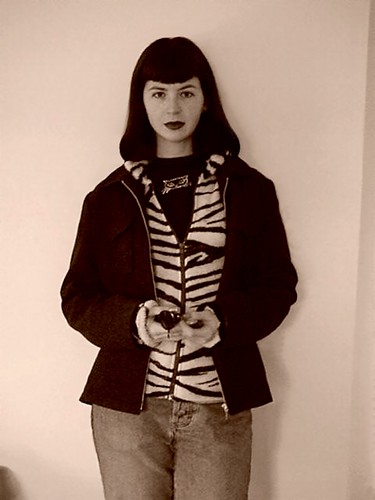
1. **Bettie Page: The Queen of Pinups’ Unforeseen Retreat**: Bettie Page, an icon affectionately known as the “Queen of Pinups,” epitomized an era of captivating allure and uninhibited expression. At the zenith of her career, when her image graced countless calendars and magazines, Page made an abrupt and largely unexplained departure from the public eye. This decision, as The New York Times previously detailed, was reportedly influenced by “public disdain on pornography and ‘other pressures,'” a reflection of the societal judgments prevalent at the time that often clashed with her groundbreaking work.
However, Page’s retreat was not merely a quiet fade into obscurity; it was marked by significant personal turmoil. Following her modeling years, she was tragically sent to a mental institution after a charge of reportedly attacking a landlady, a stark illustration of the intense psychological pressures that fame, or the fallout from it, can exert. Her subsequent commitment to evangelicalism further illuminated a complex internal journey, a stark contrast to her earlier public persona.
Despite her active modeling career being confined largely to the 1950s, Bettie Page’s influence proved remarkably enduring. Her image and likeness have continued to thrive in pop culture, cementing her legacy as a timeless icon. In a telling 2006 interview with The Los Angeles Times, Page herself acknowledged this extraordinary posthumous fame, stating, “I’m more famous now than I was in the 1950s.” She passed away in 2008 at the age of 85, leaving behind a narrative of both triumph and profound personal struggle that continues to captivate.

2. **Amanda Bynes: From Child Star to Public Struggle**: Amanda Bynes carved out a beloved niche for herself as a Nickelodeon child star, charming audiences with her comedic prowess and versatile performances in shows like “The Amanda Show” and films such as “Hairspray” and “She’s the Man.” Her early career trajectory suggested a future as bright and prominent as any young Hollywood luminary, a testament to her undeniable talent and widespread appeal.
Yet, the dazzling promise of her youth gave way to a deeply public and protracted struggle. After her last on-screen appearance in “Easy A” in 2010, Bynes’ life began to unravel into a series of erratic behaviors and legal troubles that frequently made headlines. These included multiple hit-and-run charges and a DUI, signaling a growing instability that captured widespread media attention.
Her presence on Twitter became increasingly strange, further fueling public concern, as did continued run-ins with law enforcement. The gravity of her situation led to significant interventions: in 2013, her mother was granted conservatorship, and in 2014, Bynes was placed under an involuntary psychiatric hold. While she has largely maintained a low profile since, the journey of her public life illustrates the profound challenges child stars can face navigating adulthood in the unforgiving glare of fame, even as she recently announced plans to pursue a career as a manicurist after graduating from the Fashion Institute of Design & Merchandising.
3. **Shelley Duvall: The Weight of Unconventional Genius**: Shelley Duvall emerged as an immediate favorite of acclaimed filmmaker Robert Altman, following her debut in his 1970 comedy, “Brewster McCloud.” Her distinctive, quirky style and ethereal screen presence quickly earned her critical acclaim throughout the 1970s, establishing her as an unconventional yet compelling actress. She cultivated a unique niche, far from the typical Hollywood archetype, securing her place in the cinematic landscape.
However, it was her portrayal of Wendy Torrance in Stanley Kubrick’s iconic 1980 horror film, “The Shining,” that solidified her as a household name. This role, while her best-known, was also famously taxing, reportedly contributing to significant psychological strain. Duvall continued to appear in film and television throughout the 1990s, and even expanded her creative endeavors by producing television shows and albums aimed at children, showcasing her diverse talents beyond acting.
Following her last film role in 2002, Duvall largely retreated from the public eye, maintaining a low profile for over a decade. Her re-emergence in 2016, through a controversially broadcasted interview with Dr. Phil, shockingly exposed her apparent mental illness to a global audience. The deeply concerning nature of this public display prompted intervention, with Deadline reporting at the time that The Actors Fund reached out to Duvall to ensure she received appropriate treatment, highlighting the vulnerability of those whose lives have been intensely public.
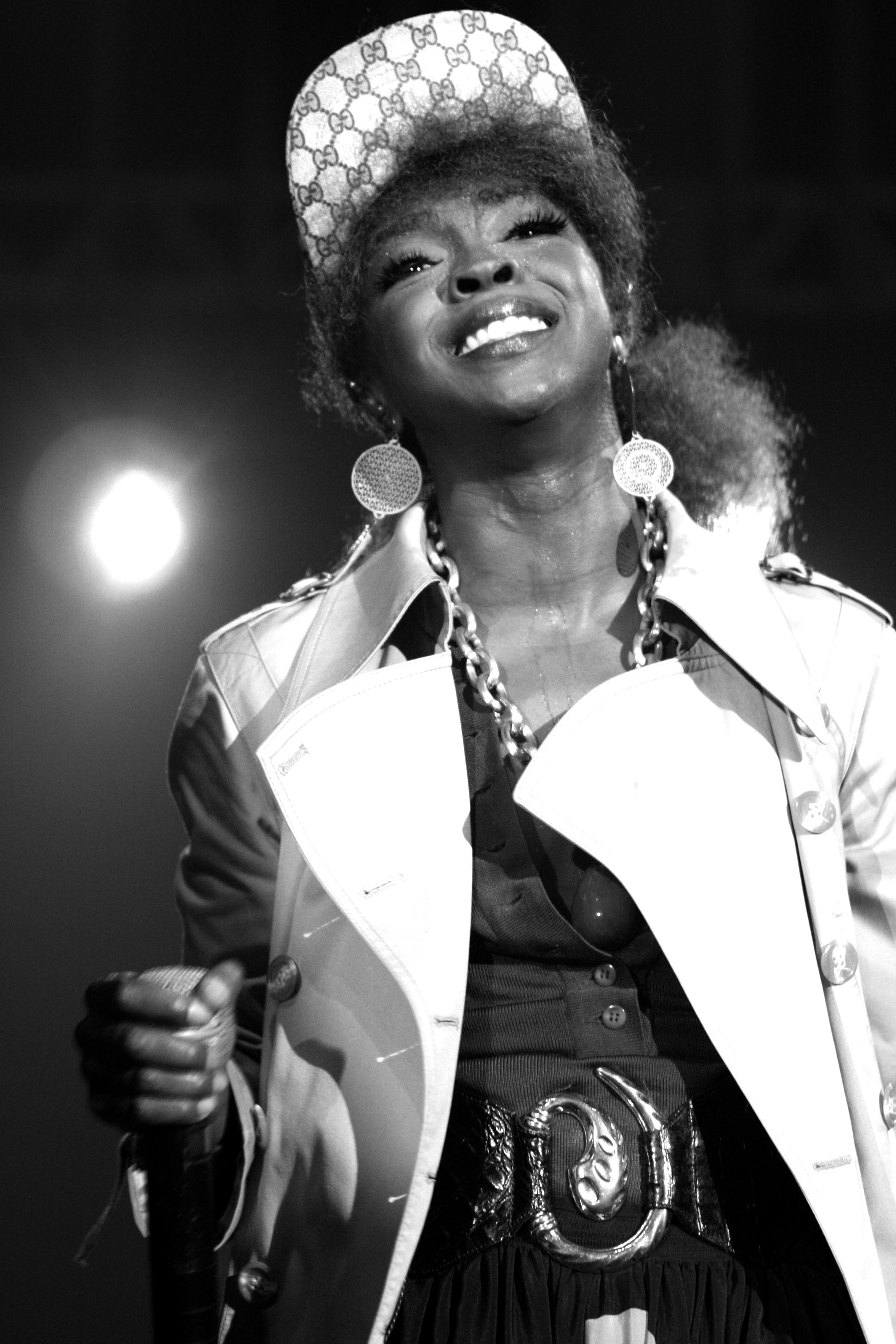
4. **Lauryn Hill: The Enigmatic Silence After a Magnum Opus**: Lauryn Hill stands as a towering figure in music, her influence undeniable, particularly since the dissolution of her ’90s hip-hop group, the Fugees. Her singular solo album, “The Miseducation of Lauryn Hill,” released in 1998, was not merely a commercial success but a cultural phenomenon, setting an extraordinarily high bar for artistic achievement. The album garnered an astonishing five Grammys and ten nominations, cementing its status as an instant classic and an inspiration across genres.
However, the monumental success of “The Miseducation” also cast a long shadow, one from which Hill, by her own admission, struggled to emerge. She was unable to replicate the album’s groundbreaking quality with subsequent material, releasing only a handful of songs in the decades that followed. This sparse output left fans yearning for more, while the music world pondered her conspicuous absence from recording.
In a revealing 2010 interview with NPR, Hill offered cryptic reasons for her retreat, citing an “unsupportive environment” as a key factor. Beyond the creative and industry pressures, it is also widely conjectured that raising her six children significantly contributed to her withdrawal from the demanding music industry. Despite her relative silence in terms of new material, her sole solo album continues to inspire contemporary artists of the highest caliber, including Beyoncé and Adele, a testament to its enduring power and influence.

5. **Syd Barrett: The Psychedelic Descent of Pink Floyd’s Visionary**: Syd Barrett was the original, incandescent frontman of Pink Floyd, a band that would eventually become one of the most commercially successful music groups of all time. His unique lyrical vision and experimental sound defined the band’s early psychedelic brilliance, positioning him as a creative force destined for legendary status. However, this promising trajectory was tragically derailed by profound personal struggles.
Barrett’s declining mental health, widely reported to be a consequence of his regular and extensive use of psychedelic drugs, ultimately compelled him to leave the band in 1968. The toll on his ability to perform was evident; Pink Floyd’s drummer, Nick Mason, recounted to Rolling Stone how Barrett would simply “stand still during live sets as if he wasn’t mentally there.” Mason further elaborated on the challenging period leading to Barrett’s departure, stating, “Syd was losing interest in the whole thing and we were carrying him around.”
After his exit from Pink Floyd, Barrett did attempt a solo career, recording two albums with the assistance of his former bandmates. However, these sessions were reportedly fraught with considerable difficulty due to his deteriorated state, underscoring the severity of his condition. Following these efforts, Barrett withdrew almost entirely from public life, living in seclusion until his death at the age of 60 in 2006. His legacy is deeply interwoven with Pink Floyd’s iconic 26-minute epic, “Shine on You Crazy Diamond,” a poignant and powerful homage to their lost visionary.

6. **Greta Garbo: The Reclusive Star’s Early Farewell**: Greta Garbo, born in Sweden, ascended to become one of Hollywood’s most luminous stars, captivating audiences during both the late silent film era and the nascent period of “talkies.” Her mystique and undeniable screen presence made her an enduring symbol of glamour and artistic depth. Yet, even at the height of her remarkable career, Garbo cultivated a famously reclusive persona, shunning the typical trappings of celebrity.
Her abrupt departure from acting came in 1941, at the age of 36, following an overwhelming wave of negative scrutiny for her lead role in the romantic comedy, “Two-Faced Woman.” This intense public criticism reportedly prompted her decision to retire, a stark reminder of the often-brutal nature of Hollywood’s judgment. She notably never signed autographs, answered fan mail, or attended premieres, maintaining a deliberate distance from the public that only deepened her enigmatic appeal.
Despite rumors of a planned return to Hollywood after World War II, these intentions never materialized, cementing her early exit as a permanent one. Garbo lived the rest of her life far from the spotlight, embodying her famous desire “to be let alone.” Despite her relatively brief career, her impact was profound; she was ranked 5th in the American Film Institute’s 1999 list of the greatest female film legends, a testament to her enduring artistry. She passed away in 1990 at the age of 84, her legend undiminished by her self-imposed silence.

7. **Richard Simmons: The Joyful Motivator’s Mysterious Retreat**: Richard Simmons, with his famously flamboyant and relentlessly enthusiastic persona, became a beloved fixture in American culture. He earned widespread popularity by championing weight loss through his energetic video programs and his own gym, inspiring countless individuals with his unique blend of encouragement and showmanship. His infectious positivity and genuine empathy made him a cherished public figure.
However, it is Simmons’ recent and sudden slide into the shadows that has sparked a particular kind of public intrigue and concern. Since 2014, the once-ubiquitous 69-year-old has not made a single public appearance. This inexplicable disappearance has given rise to a plethora of conspiracy theories concerning his well-being, fueling a collective desire to understand the fate of such a vibrant personality.
The mystery surrounding his whereabouts even inspired a six-episode podcast dedicated to investigating his disappearance, reflecting the deep public investment in his story. While it might be easy to jump to the conclusion that something untoward has befallen the boisterous Simmons, he has, on occasion, made phone calls to media outlets. These rare communications have aimed to clear up any legitimate suspicions, offering glimpses of reassurance amidst the ongoing, curious silence that now defines his life.
Navigating the demanding landscape of celebrity often requires more than just talent; it demands an almost superhuman resilience against constant public and professional pressures. For some, the decision to exit the spotlight is not a reaction to crisis but a deliberate, considered choice. These choices range from prioritizing family and personal well-being to pursuing new passions or, in rarer cases, becoming ensnared in baffling, unresolved disappearances that deepen their enigmatic legacies.
This second exploration delves into seven additional stories, each revealing a distinct facet of a celebrity’s silent exit. We examine those who consciously redirected their lives, found new vocations, or made quiet, profound decisions to step away. Alongside these deliberate choices, we uncover stories steeped in mystery—individuals who simply vanished, leaving behind only speculation and unanswered questions. These varied paths illuminate how such departures reshape not only individual lives but also their enduring place in cultural memory.
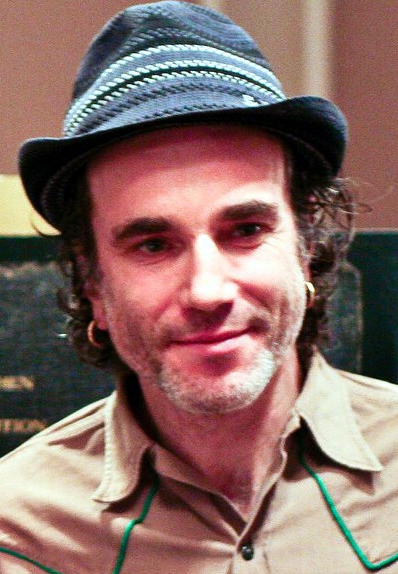
8. **Daniel Day-Lewis: The Art of a Grand Exit**: Daniel Day-Lewis stands celebrated as one of the finest actors of his time, an artist whose meticulous dedication to his craft yielded truly unforgettable performances. His intense portrayals in films like “There Will Be Blood” and “My Left Foot” earned him an unparalleled three Academy Awards for Best Actor, cementing his status as a cinematic titan. His presence in any film instantly elevated it, promising a masterclass in acting.
Yet, in 2017, following his role in “Phantom Thread,” Day-Lewis announced his retirement from acting, a decision that sent ripples through Hollywood and among his legions of admirers. His agent described it simply as a “private decision,” a declaration that resonated with the actor’s notoriously reclusive nature. He publicly expressed deep gratitude to his collaborators and audiences, a gracious farewell that concluded an extraordinary career.
This wasn’t his first retreat; Day-Lewis had previously taken a break, described as “semi-retired,” in the 1990s, choosing to work as a shoemaker in Florence. This earlier sabbatical underscored his unique approach to life and career, prioritizing personal fulfillment and artistic integrity over constant visibility. His capacity for vanishing acts, whether temporary or permanent, became an integral part of his enigmatic and revered legacy.

9. **Rick Moranis: Family First, Fame Second**: Rick Moranis, a major comedy star who brightened the screens throughout the 1980s and 1990s, endeared himself to audiences with his distinctive comedic timing and memorable roles. His presence in an era of iconic films made him a household name, reflecting a talent that promised enduring stardom across generations. He was a familiar and beloved face in countless family-friendly blockbusters.
However, his departure from Hollywood was a poignant and deliberate choice, profoundly influenced by personal tragedy. Moranis stepped away from the relentless demands of Tinseltown to focus on raising his children, following his wife’s untimely death. This decision underscored a profound shift in priorities, choosing the profound responsibilities of family over the glittering allure of a highly successful acting career.
While he has largely maintained his retreat, there have been rare, surprising glimpses back into the public eye. His return to the spotlight with an appearance in the SCTV Netflix special was met with surprise and excitement, offering a nostalgic treat for fans who had long missed his comedic genius. It was a brief, welcome reminder of his talent.
He also made a brief return in a Mint Mobile ad, though, as the context states, this didn’t generate as much buzz as his other appearances. Moranis’s story is a powerful testament to the choices celebrities make when life intervenes, prioritizing personal life over the relentless pursuit of fame, leaving an indelible mark as a star who truly understood the value of family above all else.
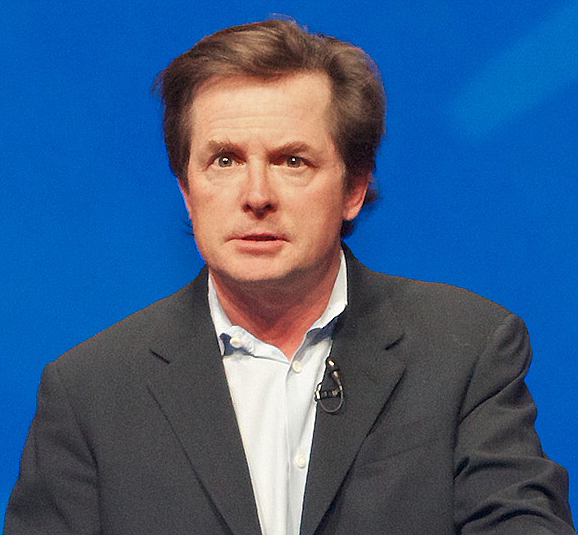
10. **Michael J. Fox: A Courageous Battle and Graceful Retreat**: Everyone loves Michael J. Fox for his memorable roles, especially his iconic portrayal of Marty McFly in the universally adored “Back to the Future” series. His infectious charm and undeniable talent also graced films like “The Secret of My Success” (1987), “Doc Hollywood” (1991), “Casualties of War” (1989), and “The Frighteners” (1996). His charisma and talent made him a beloved figure across generations, an actor who consistently delivered captivating performances.
After being diagnosed with Parkinson’s disease, Fox bravely transformed a deeply personal battle into a public mission, becoming a strong and vocal advocate for research and awareness. This new, powerful chapter in his life, while profoundly personal, brought him back into the public eye as a tireless champion for others facing similar challenges, inspiring millions with his resilience.
In 2020, Fox announced his retirement from acting, a decision not made lightly but compelled by the increasing difficulties he faced with his speech and memory due to his condition. As he candidly shared in his memoir, “not being able to speak reliably is a game-breaker for an actor,” highlighting the immense personal and professional impact of his health on his chosen profession.
Fox’s departure from the screen was not a sudden vanishing act, but a gradual and courageous retreat, marked by his unwavering dedication to advocacy. His legacy now extends profoundly beyond his iconic roles, encompassing his powerful work in raising awareness and funding for Parkinson’s research, a testament to his enduring spirit and remarkable impact on the world.
The spotlight, for all its dazzling allure, casts long, enigmatic shadows. For these figures, and countless others, the curtain eventually falls, sometimes with a planned finale, sometimes with an abrupt, unexplained silence. Their stories serve as a powerful testament to the complex tapestry of fame, a poignant reminder that behind every public persona lies a private individual navigating a world of immense pressure, profound personal choices, and, occasionally, the haunting embrace of the unknown. Whether by design or destiny, their silent exits etch themselves into the annals of public memory, leaving us to ponder the true cost, and perhaps the ultimate freedom, of vanishing from the public eye.


